Automated cameras capture wild moments in urban areas
ON 08-26-2020
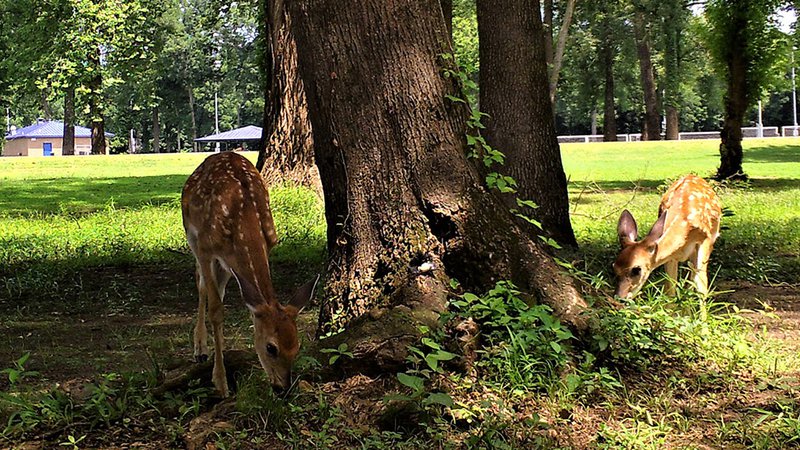
Aug. 26, 2020
Randy Zellers
Assistant Chief of Communications
LITTLE ROCK — When bears and deer occasionally wander into city streets and suburbs, the news always takes notice, but all sorts of wildlife make a living right in the middle of many cities around the country. The Arkansas Game and Fish Commission and Hendrix College have launched a new research and outreach project that may shed some light on how wildlife in urban areas adapt to the presence of people.
Remote cameras have been placed throughout many urban parks in central Arkansas to capture wildlife interactions in some of the most unlikely of places. The cameras are triggered by motion and heat and can take images day or night with infrared technology to give researchers a complete picture of each location where they have been placed.
AGFC’s Research, Evaluation and Compliance Division and Geographic Information System Team, Maureen McClung, Associate Professor at Hendrix College and Kirsten Bartlow, the agency’s Watchable Wildlife Program coordinator, worked together to establish locations for the project.
“Arkansans are more aware of wildlife than people in many regions of the country, but people are still shocked when they see some of that wildlife in their own backyard,” Bartlow said. “And this project will help them not only realize those animals are there, but what sort of benefits they provide.”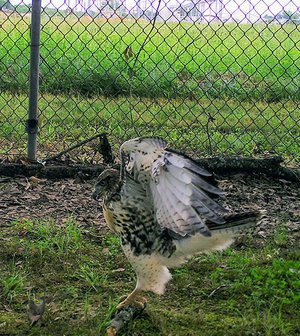
Ashley Gramza, a social scientist with the AGFC, agrees, noting images already collected of hawks and foxes controlling rodent populations.
“It may also open people’s eyes to some unintended consequences from their actions,” Gramza said. “With all the foxes that we see eating rats, you could see how putting out rat poison could harm more than just the animals you’re trying to remove.”
According to Gramza, 30 sites have been selected in a corridor following the Arkansas River Valley from Pinnacle Mountain near Roland to David D. Terry Park near Scott. Each site is on public property, ranging from plots of manicured grass to wetlands and forests.
“Some of the sites are actually visible to people,” Gramza said. “Sites were selected randomly on public land through the study area to offer a variety of habitat types and settings, then we used a promising-looking tree closest to the selected point to attach the camera.”
Each camera is set at about 2 feet up the tree’s trunk in a locked box that’s attached with a cable lock.
“Any shots of people that end up on camera are usually of someone’s legs,” Gramza said. “We’re interested in wildlife for the study, so we’re setting it up to focus on a height where you see details of foxes, skunks, bobcats and other animals.”
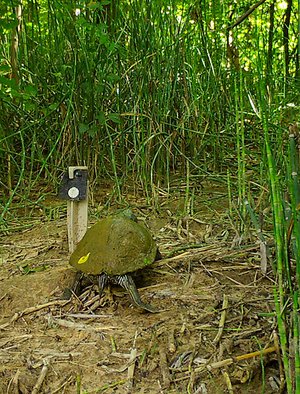
A small sign next to each camera explains its purpose and offers a scannable QR code that links to the study’s website, a story map developed by Kim Sparks, Administrative Analyst in the Research, Evaluation and Compliance Division and the AGFC’s Geographic Information Systems team. The site features noteworthy images taken so far and an overview of the effort’s goals.
The project is much more than simply taking pictures of animals and capturing rarely seen animal interactions, it has the potential to spawn many research opportunities for students at Hendrix College.
“The database of images and times of events can be used for many projects that focus on interactions between humans and wildlife,” Gramza said. “Data from this study could be used for many future projects, including graduate student research, planning future development in ways that benefit wildlife, and working with communities to promote positive interactions between humans and wildlife.”
Program participants are hoping to use images from the study to help people in urban environments make a connection with wildlife and natural resources wherever they occur.
“In rural communities, people are often very aware of the natural world around them, but as people in cities may not have the same connection,” Gramza said. “Being able to see some of these animals right down the street in a seemingly empty park may help people realize that link.”
Gramza hopes educators in both formal and nontraditional settings will take notice of the images and use them to share information about urban wildlife to their students. So far, the project already has been implemented by the Arkansas Arts Center in Little Rock to develop a youth drawing class based around the camera photos.
The Central Arkansas Urban Wildlife Project is a partnership between the AGFC, Hendrix College and the Urban Wildlife Information Network, coordinated by Lincoln Park Zoo’s urban Wildlife institute. Visit the project’s website to learn more and view images collected so far of Little Rock’s wild side.
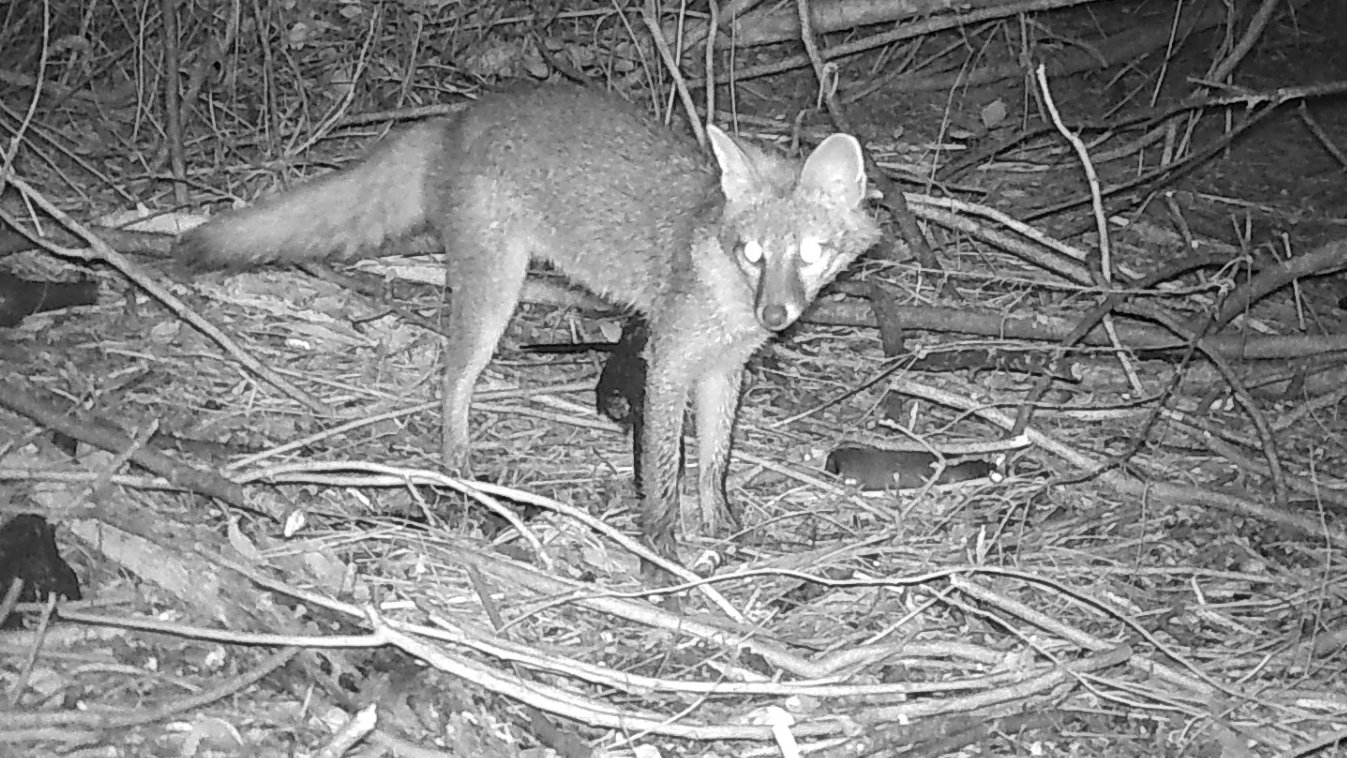
Recent News

Schoenrock chosen to lead AGFC
Apr. 21, 2025
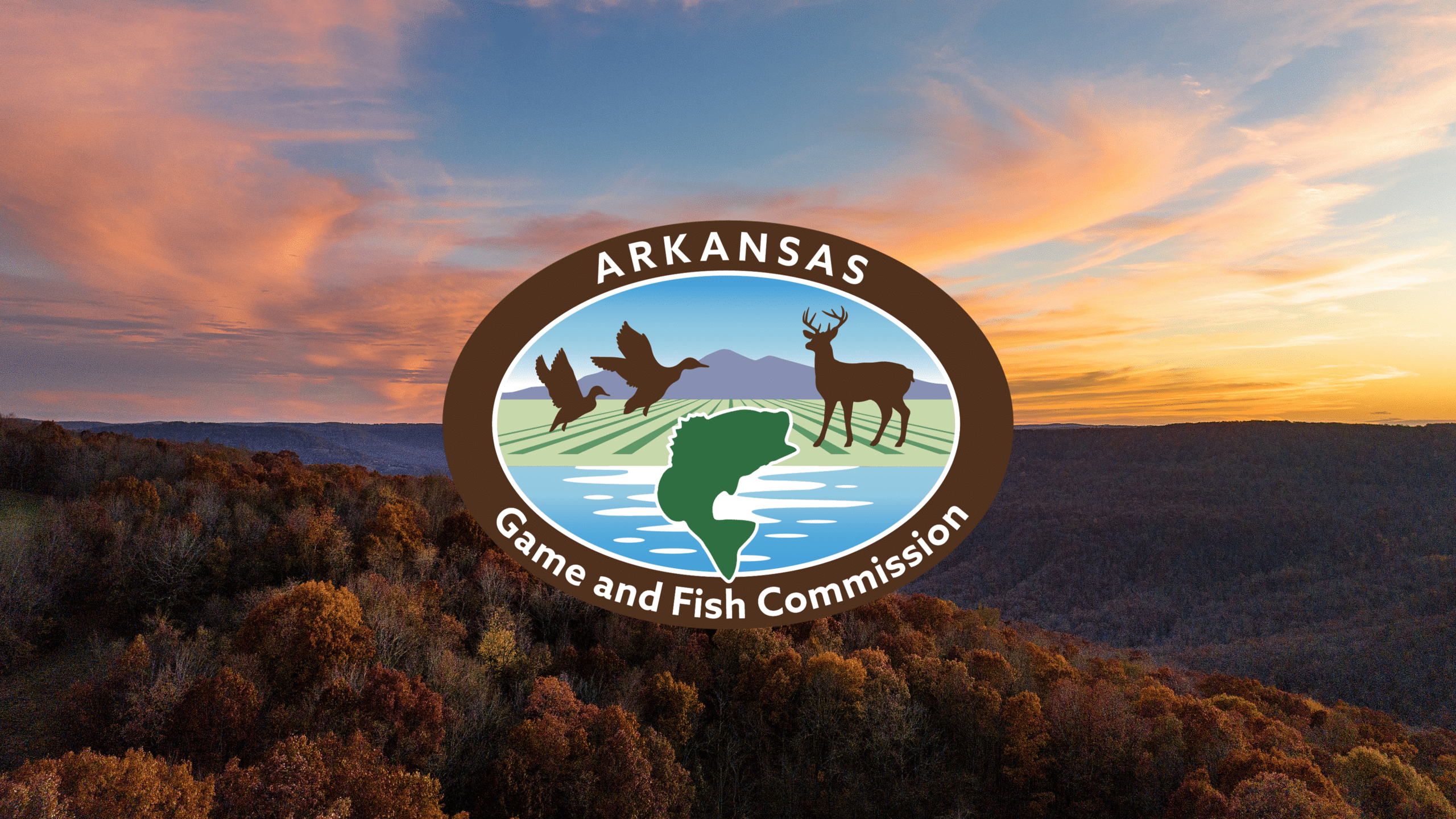
AGFC Commissioner Meeting Notice
Apr. 21, 2025
Subscribe to Our Weekly Newsletter E-mails
Don’t miss another issue. Sign up now to receive the AGFC Wildlife Weekly Newsletter in your mailbox every Wednesday afternoon (Waterfowl Reports are published weekly during waterfowl season and periodically outside the season). Fishing Reports arrive on Thursdays. Fill in the following fields and hit submit. Thanks, and welcome!
